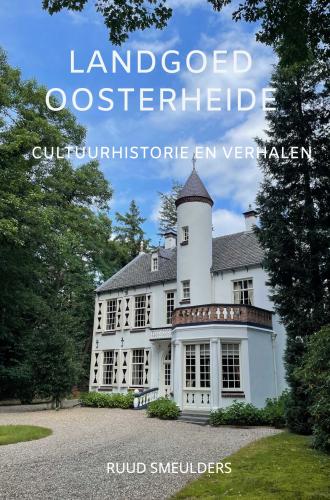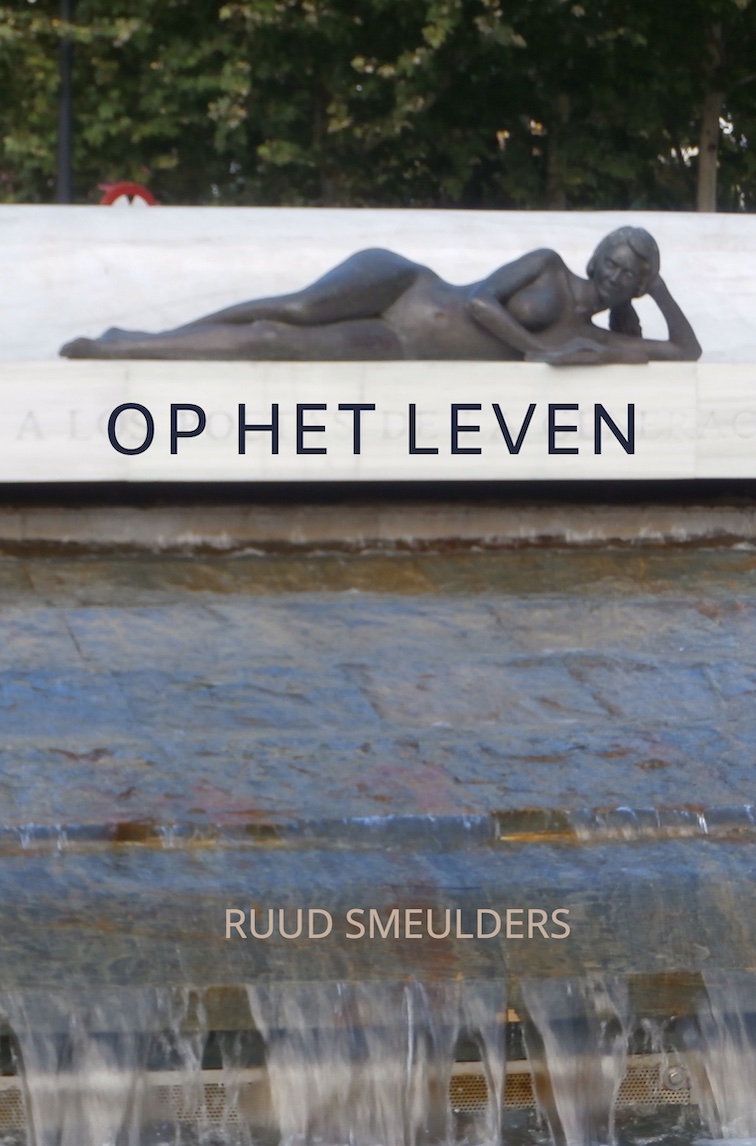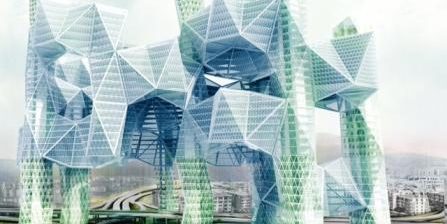We can create our own future by making the right decisions and having a sustainable future scenario. What is already possible today?
Let us look for all things that are already possible and those things that will be possible within the next 10 years. Why not start by concentrating on the basic things a human needs. We will exam the lowest levels of the Maslow Pyramid [1]. People need food, water, clean air, energy, housing, clothes, health, nice people around them, and protection. Starting with food: to grow our vegetables and fruit, our grain, rice, corn and potatoes, and to get the meat and fish we eat, we no longer all work in the garden or on the farm. Less than 2% of the population of Western countries like the United States and the Netherlands still works on farms or in the agri-food industry. Yet these countries have more exports than imports of food. A country the size as small as Belgium is enough to grow all the food the world population needs. That is, if we stop eating as much meat as we now do. So, if you create the right conditions and diet, food will not be the problem.
Now water: is that a real problem? Our world is more than 60% covered by oceans and seas. And under the surface of almost all the land mass there is fresh drinking water. Even under deserts like the Sahara in Africa there is drinking water. In some cases, it may take a lot of drilling and pumping to get the water out. Or we might need a lot of energy to purify seawater into drinking water. But the problem is not the water, rather technology and energy. The technology is available; however, it is sometimes expensive. Is energy then the real problem? No, it is not! We have lots of energy sources. The biggest one being our sun. If we were to use the sunlight that hits only half of all the roofs, then, even in a Northern country like the Netherlands we could generate enough energy to meet all our needs. By also using some other pollution-free energy generators, like windmills or flowing water turbines, the energy problem is no longer a major problem anywhere in the world.
Then there is the problem of clean air and a clean environment: clean up the pollution! Mostly, this is a question of behaviour and politics. If we use sunlight instead of oil or gas to put energy in our homes for heat and in our vehicles for travel, pollution will already reduce considerably. The carbon dioxide problem is solved using the sun instead of oil. So clean air and environment are also not the problem. These too can be solved, if we want to. So what about housing and clothes? These are partly driven by culture, climate and fashion. We can influence these very much, by using better materials, better isolation, better design for longer use and more comfort. But building new houses will remain a local industry, although it can be done on a small scale and environmentally friendly. In the future clothing will continue to be both a local and a worldwide industry and business. But with less pollution and less transport than we see today. Techniques such as 3D printing will improve this further.
So, health, protection and having nice people around you are perhaps the real problems of the future. For health, we will need to help ourselves a lot more than we do today. New technology and medicine will help. But also new diseases will appear. A whole new area of risk is now emerging in the area of security and protection. The Internet is giving criminals and terrorists, and also rogue nations the opportunity to attack people inside their homes and inside any physically protected area. We need new forms of security and new rules for protecting us from all kinds of known and unknown dangers [2]. And what about having nice people around us? Is that the real problem? I’m afraid it will stay one of the problems in all our futures. Being social and learning to live well can help, but in the end you have to do it yourself.
Companies and work will change dramatically if we solve the food, water, energy and pollution problems of today. In fact the way we work today is already changing. Working from your home or from a local office is now possible, thanks to the digitization of work. This is even reinforced in our society, where services are much more important than goods. It’s easy to perform your service from your home. Your home is usually better equipped than an office. And why would you work such long hours: if food, water and energy are cheaper, and housing or clothing are better, more local and also cost less? Looking at the higher levels in the Maslow Pyramid, we see that we are getting more time and space to address these aspects of our life. This means we will achieve more happiness and wisdom faster, to achieve our goals in the future.
Literature and sources
[1] Abraham Maslow, “A Theory of Human Motivation”, Psychological Review, 50, 1943
[2] Ruud Smeulders, “3652 x Tomorrow”, Secsi Media, 2012






